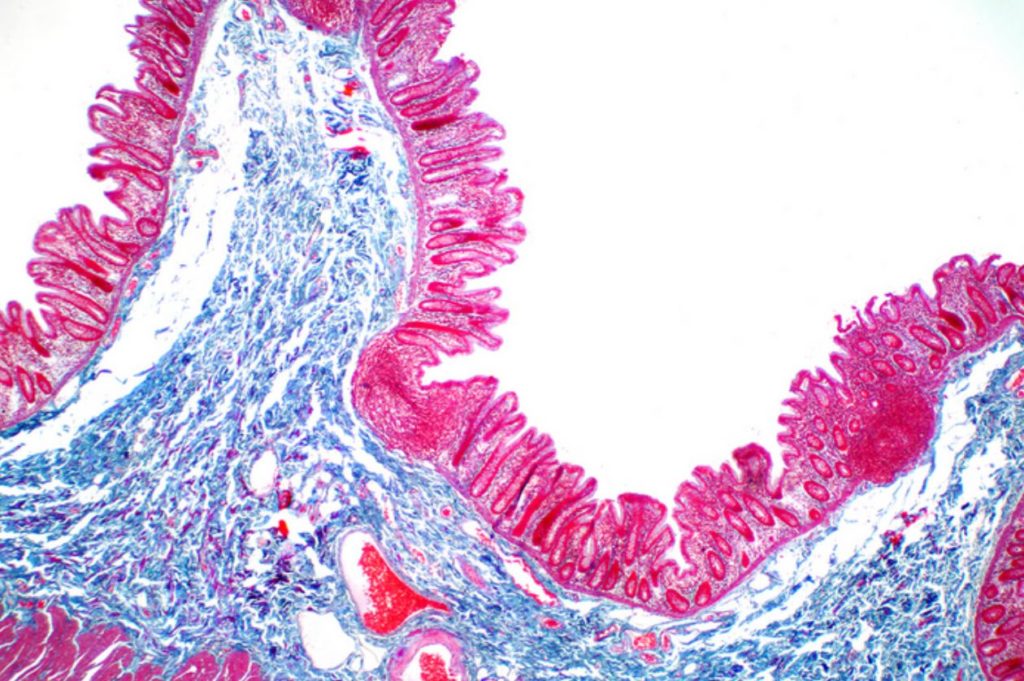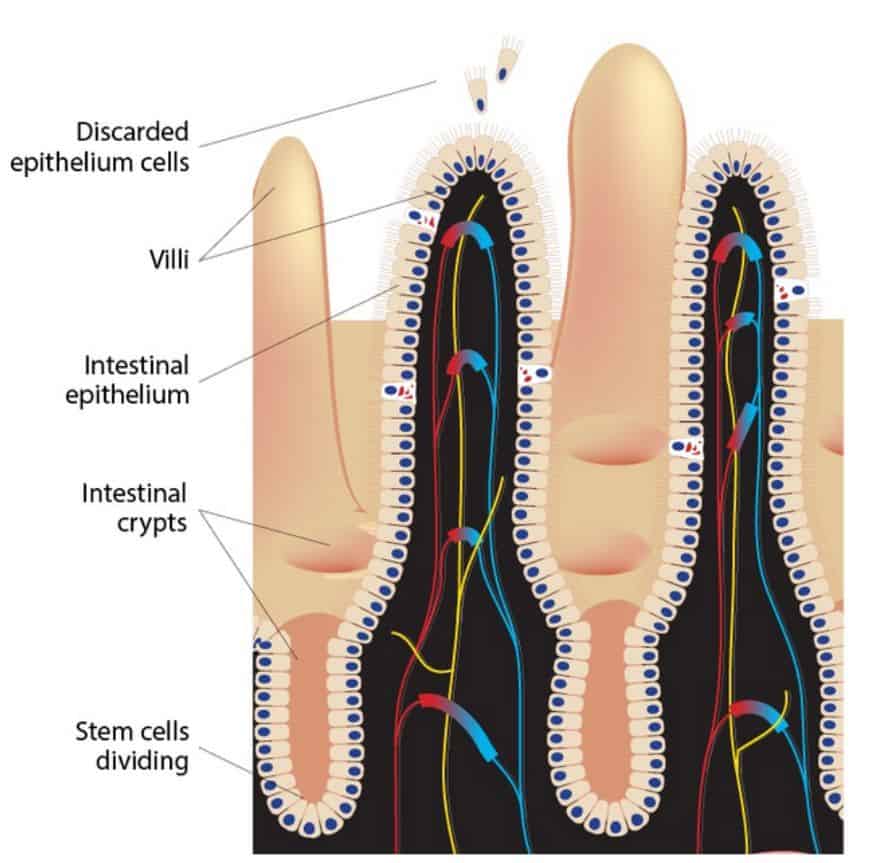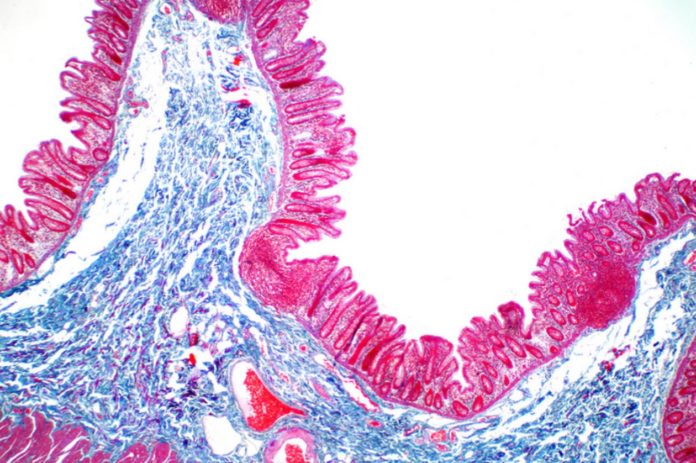Your stomach is an amazing place. The interior of your small and large intestines are coated with a particular layer of cells that absorb nutrients and water from the food you consumed while keeping pathogens out.
The term “intestinal epithelium” is used to describe this membraneous lining. It uses stem cells to totally recreate itself every four to seven days.
These are a unique form of cell that can regenerate by dividing as well as differentiating to produce any other type of cell to renew your organs.
However, it is still unclear to scientists how precisely stem cells make these choices or what constitutes a stem cell.
An multinational team of experimental researchers led by the Jacco Van Rheenen team in Amsterdam collaborated with Bernat Corominas-Murtra, assistant professor at the University of Graz, and Edouard Hannezo, professor at ISTA, to explore the stem cells in the intestinal epithelium.
They discovered a fascinating new mechanism that might alter how we perceive stem cells. The results of their research were just published in Nature.

The intestinal epithelium consists of a single, continuously regenerating layer of cells. It is all over the villi, which resemble tiny tentacles and coat the small and large intestines’ interiors.
Intestinal crypts are small pockets of tissue that form between the villi. If the name sounds mysterious, that’s probably because it is.
Stem cells in the epithelium are constantly dividing at the bottom of the crypts. According to Corominas-Murtra, some of the resultant cells develop into functional cell types that allow intestinal function and which are destroyed after a few days, while others are pushed outwards towards the tip of the surrounding villi as stem cells. Your body does this constantly, and if this mechanism malfunctions, you could experience major medical issues.
Scientists were confused at first when they looked at these stem cells in the small and large intestines.

Corominas-Murtra explains, “How we usually think of stem cells is that being a stem cell is determined by intrinsic biochemical properties of a cell – something like a biochemical marker we can identify.”
They discovered that many of the cells with this conventional stem cell signature never truly functioned as stem cells but were instead forced out of the crypts to be discarded, making no contribution whatsoever to the ongoing renewal of the gut. Additionally, they discovered that whereas traditional markers suggested that there would be around the same amount of stem cells in both the small and big intestines, there were roughly twice as many of them in the small intestine as there were in the large intestine.
So, the scientists wanted to know what makes certain cells act like stem cells. They found a surprising new way that the stem cells in the crypts are controlled.
“We found that whether these cells behave as a stem cell or not is all about their location! Cells in the epithelium are not just pushed outwards from the crypt by the cell divisions below them – like on a conveyor belt – but there is another kind of motion involved,” Corominas-Murtra adds.
The research showed that epithelial layer cells actively travel back and forth along a conveyor belt-like path in random directions. In this manner, cells that have already traveled a short distance along the conveyor belt can finally get back at the bottom of the crypt, where they can operate as stem cells once again to divide and replace the epithelium.
Edouard Hannezo explains what these findings might mean by saying, “These movements constitute a new environmental mechanism that determines which cells get to functionally act as stem cells.”
The molecular signal that controls movement is stronger in the small intestine than in the large intestine. This means that cells can move back into the crypt more often. This explains why the small intestine has more active stem cells than the big gut.
“This could have major implications for our understanding of what a stem cell actually is and how to use them in medical applications,” adds Edouard Hannezo.
Image Credit: Getty
You were reading: Revealed: A Surprising New Stem Cell Mechanism In Our Gut
